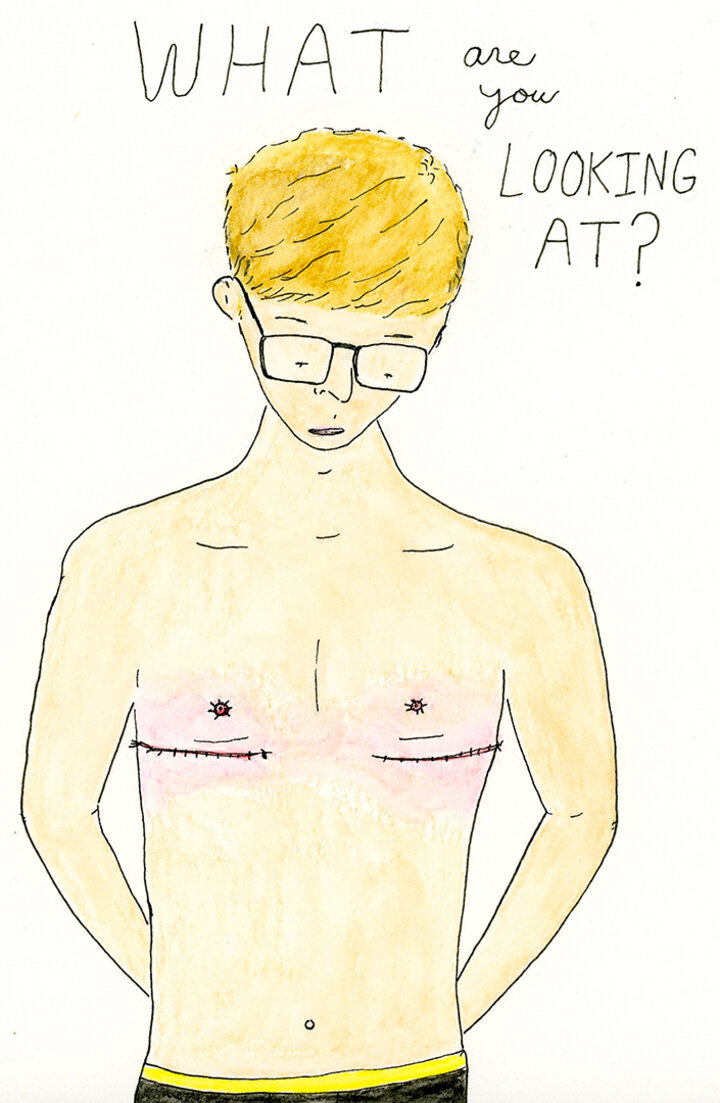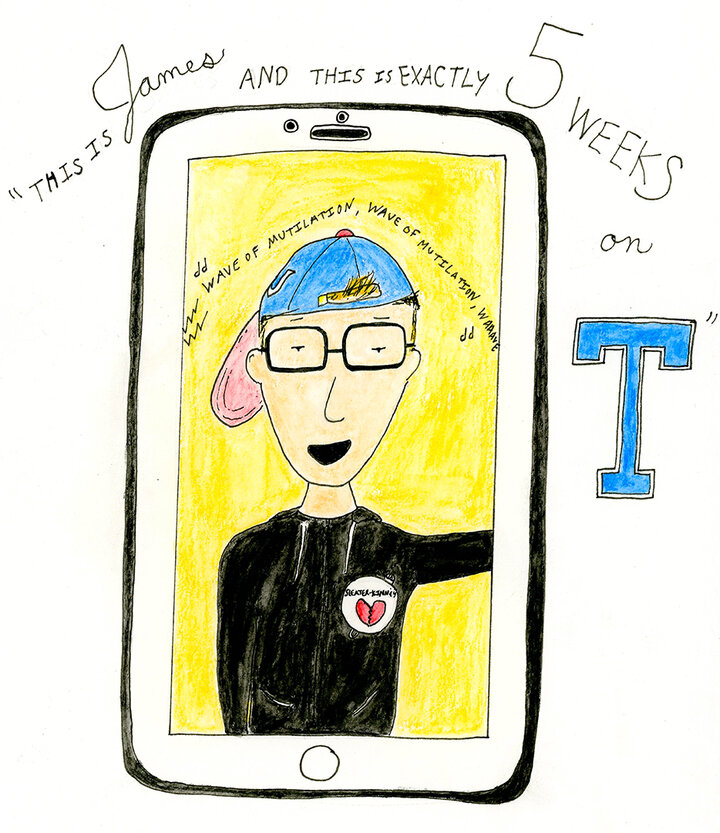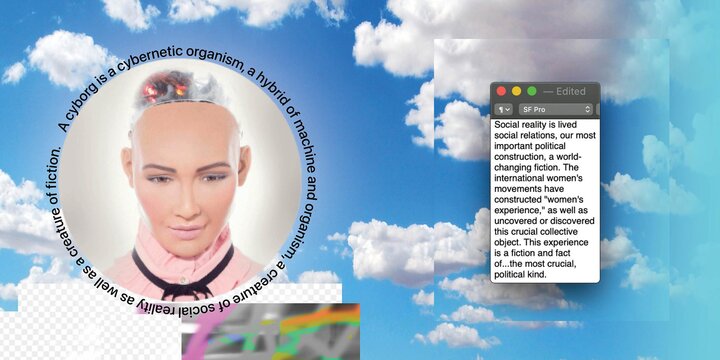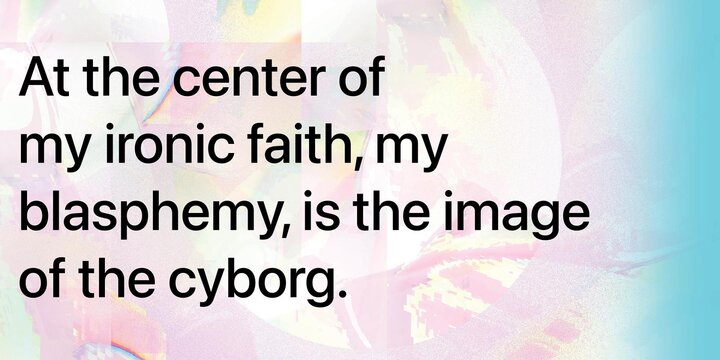#myImg { border-radius: 5px; cursor: pointer; transition: 0.3s; } #myImg:hover { opacity: 0.7; } .column { float: left; width: 40%; } .column-2 { float: left; width: 50%; } .row > .column { padding: 0 8px; } .row > .column-2 { padding: 0 8px; } .row:after { content: ""; display: table; clear: both; } .modal { display: none; /* Hidden by default */ position: fixed; /* Stay in place */ z-index: 1; /* Sit on top */ padding-top: 100px; /* Location of the box */ left: 0; top: 0; width: 100%; /* Full width */ height: 100%; /* Full height */ overflow: auto; /* Enable scroll if needed */ background-color: rgb(0, 0, 0); /* Fallback color */ background-color: rgba(0, 0, 0, 0.9); /* Black w/ opacity */ } .modal-content { margin: auto; display: block; width: 80%; max-width: 1000px; } #caption { margin: auto; display: block; width: 80%; max-width: 700px; text-align: center; color: #ccc; padding: 10px 0; height: 150px; } .modal-content, #caption { animation-name: zoom; animation-duration: 0.3s; } @keyframes zoom { from { transform: scale(0) } to { transform: scale(1) } } .close { position: absolute; top: 100px; right: 50px; color: #f1f1f1; font-size: 40px; font-weight: bold; transition: 0.3s; } .close:hover, .close:focus { color: #bbb; text-decoration: none; cursor: pointer; } @media only screen and (max-width: 1000px) { .modal-content { width: 100%; } }
Students, faculty, and staff at the University of Nebraska–Lincoln produced short papers and creative projects that explore the complexities involved in the simultaneous construction and performance of one’s identity for Person of Interest, a symposium related to the similarly titled exhibition. The selected final projects are featured on this page. Participants discussed their projects during a live event on Zoom, April 2, 2021.
Hannah AshburnGraduate Student, Art History
“Consumer Christ" and Assemblage: Analyzing Edward Kienholz and Nancy Reddin Kienholz’s J.C. #36
Your browser does not support the audio element.
In this podcast, I probe the intersections of consumerism and Christianity by formal analysis of the individual parts of Edward Kienholz and Nancy Reddin Kienholz’s J.C. #36, and by discussing the duality of the term "assemblage” concerning both art and organized religion.
James BruntonAssistant Professor of Practice and Coordinator of Film Studies, Department of English
From the Neck Up
(Click to enlarge)


These self-portraits from my graphic memoir, From the Neck Up, explore issues of transgender self-fashioning and performance of gender identity.
The first, What Are You Looking At?, is a portrait depicting myself after the removal of bandages from top surgery. It is at once a literal representation of physical self-fashioning through the surgical reshaping of the body as well as a challenge to spectator and subject to assign a name to this body. The title expresses simultaneously the incredulity of the transgender subject under the gaze of others (“you’re just now seeing me as I’ve always seen myself”) and the inevitable, perhaps necessary, desire to name the transition process and to reflect on its importance.
The second portrait, 5 Weeks, depicts a selfie video documenting changes to my voice and appearance after beginning testosterone injections. In this portrait, I represent the phone as recording device to demonstrate the importance, shared by many trans individuals, of self-documentation. 5 Weeks is a record of the process of transition, highlighting the pleasure of watching one’s own authorship of self.
Marina Cervera TeruelGraduate Student, Spanish (major), Art History (minor)
The Crossroad Between the Material and the Spirit
Your browser does not support the audio element.
This podcast examines the spiritual and religious components in two works of art dealing with the African diaspora in the Americas: Renee Cox’s Yo Mama’s Last Supper and Renée Stout’s Legba and the Pearl Gourd. I explore how spirituality operates in these works of art, taking into account that their modes of representation reproduce Western aesthetics. They are meant to be contemplated in a museum for an aesthetic purpose, instead of being performed collectively within cultural and religious rituals.
Jamie HoGraduate Student, ArtPenny MolessoGraduate Student, Art
Winking at the Audience: Camp Aesthetics in Self-Portraiture
Your browser does not support HTML video.
In this collaborative presentation we discuss how our work within the genre of self-portraiture intersects and diverges, and how it is in dialogue with Catherine Opie’s Divinity Fudge by diving into topics such as the use of camp aesthetics, queer cultural indicators, and the lighting studio as a space for queer possibility. Several of the works featured in our presentation will be on view at the MEDICI Gallery from March 29 to April 2.
Dan HuttAcademic Success Coach, Center for Academic Success and Transition
Torn Between Notebooks: Utilizing the Arts to Distinguish Identity from Selection of College Major
Your browser does not support HTML video.
In this video I discuss my experiences teaching multiple sections of the inaugural Nebraska Promise seminar in 2020-2021 through the Center for Academic Success & Transition at the University of Nebraska–Lincoln. Engagement with the arts and artists helps students navigate anxiety and confusion between their identity and their selection of a college major or vocation.
Carole LevinWilla Cather Professor of History Duncan MooreUndergraduate Student, History (major), Medieval and Renaissance Studies (minor)
Two Sixteenth Century Portraits of Future Kings: The Dauphin Henry and Prince Edward
Your browser does not support HTML video.
In our presentation we compare the representations of Henry and Edward in portraits before they became kings as well as when they were kings. We speculate on what the portraits suggest about the expectations for the coming reigns of both monarchs—and also look at how these expectations were, or were not, met.
Brian Pytlik-ZilligProfessor, University Libraries; Fellow, Center for Digital Research in the Humanities Stephen RamsayAssociate Professor of English; Fellow, Center for Digital Research in the Humanities
Muybridge I
Your browser does not supprt HTML video.
Muybridge I is an animation/sound work from 2019 by Perlin Trio (animator Brian Pytlik-Zillig and composer Stephen Ramsay) that offers a meditation on the later motion studies of Eadweard Muybridge (1830-1904).
As computationally-based animation artists, we are interested in Muybridge's historical position as a pioneer of motion-picture projection. Yet as disabled artists, we are also simultaneously drawn to and repelled by the way the human body is anonymized and “scientized" in Muybridge's work. Muybridge's subjects are at once beautiful, vibrant, naturalistic representations of the human form, and yet in various way they are "people of non-interest" offered only as examples of walking, running, standing, and so forth.
Our work is non-narratival, but oscillates between humanizing analogues of these figures, re-objectifying them, taking them "out of the lab," putting them back in, and exploring the ambiguities of the "common man" that Muybridge sought (almost literally) to capture — all the time availing ourselves of the mechanisms that are the distant descendants of Muybridge's primitive devices.
Vianne SheikhUndergraduate Student, Emerging Media Arts
Narrow Sense
(Click to enlarge)

Narrow Sense is a project about the dreams of Yezidi genocide survivors and the reality that influences their dreams.
The project comprises 60 images in total. Each photograph has its own story and its own caption. As a whole, Narrow Sense portrays how genocide survivors dream away from reality, what these dreams can offer, and how hardship makes a person dream big—however different the reality is. Narrow Sense is also about my own experience as a survivor and as a social worker who documented the stories of women and men survivors in Iraq between 2014 and 2017. The perspective of a genocide survivor who suffered from PTSD, bulimia, and recurrent depressive disorder.
This specific image, titled Keep Them in the Dark, portrays how the community, including the sitter’s family, were committed to allowing them to have access to education and the basic rights of living. It shows that sexist attitudes prevail, with the man in the photograph performing his views of equality. Yet, despite all the hardships they have endured, they continue to fight for their basic rights as human beings.
Sabrina SommerUndergraduate Student, Advertising and Graphic Design
Elegy to the Cyborg
(Click to enlarge)


Elegy to the Cyborg is a contemporary reinterpretation of postmodern theorist Donna Haraway’s "A Manifesto for Cyborgs: Science, Technology, and Socialist-Feminism in the 1980s."
The original text explores the breakdown of boundaries between human and animal, animal-human and machine, and physical and nonphysical states. The text is centered around the search for a common language and reflects on the identity of being human in an increasingly technological world.
“A Manifesto for Cyborgs” questions colonialism, consumerism, and binaries on how they will adapt under the utopian expectation of the cyborg. Originally published in 1985, the manifesto has become increasingly relevant over time, much like the sociological ideas of Marshall McLuhan or Erving Goffman. I was born in 1998, and have had access to an internet computer for as long as I can remember. The internet was a giant space where I defined my ideas on my identity as I grew up.
Elegy to the Cyborg is my graphic design capstone laying out a book and small website visually exploring Haraway’s theories in 1985 from the lens of a Gen-Z internet-raised human. I’ve consistently explored my role on the internet through artwork, playing with the interaction between the internet and personal identities, ideas of infinity, and more.
Person of Interest: A Symposium
April 2, 2021
4:00–4:05 Welcome
4:05–4:30 Establishing and Representing Identity, Navigating Expectations and Realities
Dan Hutt, academic success coach, Center for Academic Success and Transition
“Torn Between Notebooks: Utilizing the Arts to Distinguish Identity from Selection of College Major”
Carole Levin, Willa Cather Professor of History, and Duncan Moore, undergraduate student, history (major), medieval and renaissance studies (minor)
“Two Sixteenth Century Portraits of Future Kings: The Dauphin Henry and Prince Edward”
4:30–4:55 Art, Religion, and Spirituality
Hannah Ashburn, graduate student, art history
“‘Consumer Christ’ and Assemblage: Analyzing Edward Kienholz and Nancy Reddin Kienholz’s J.C. #36”
Marina Cervera Teruel, graduate student, Spanish (major), art history (minor)
“The Crossroad Between the Material and the Spirit”
4:55–5:00 Break
5:00–5:25 Self-Fashioning and Self-Portraiture
James Brunton, assistant professor of practice and coordinator of film studies, Department of English
“From the Neck Up”
Jamie Ho, graduate student, art, and Penny Molesso, graduate student, art
“Winking at the Audience: Camp Aesthetics in Self-Portraiture"
Vianne Sheikh, undergraduate student, emerging media arts
“Narrow Sense”
5:25–5:50 Humans, Technology, and Identity
Brian Pytlik-Zillig, professor, University Libraries; fellow, Center for Digital Research in the Humanities; and Stephen Ramsay, associate professor of English; fellow, Center for Digital Research in the Humanities
“Muybridge I”
Sabrina Sommer, undergraduate student, advertising and graphic design
“Elegy to the Cyborg”
5:50–6:00 Wrap Up with All Participants
×
// create references to the modal... var modal = document.getElementById('myModal'); // to all images -- note I'm using a class! var images = document.getElementsByClassName('myImages'); // the image in the modal var modalImg = document.getElementById("img01"); // and the caption in the modal var captionText = document.getElementById("caption"); // Go through all of the images with our custom class for (var i = 0; i < images.length; i++) { var img = images[i]; // and attach our click listener for this image. img.onclick = function(evt) { console.log(evt); modal.style.display = "block"; modalImg.src = this.src; captionText.innerHTML = this.alt; } } var span = document.getElementsByClassName("close")[0]; span.onclick = function() { modal.style.display = "none"; } Angel LeShifting Your browser does not support HTML video. Your browser does not support the audio element. -->